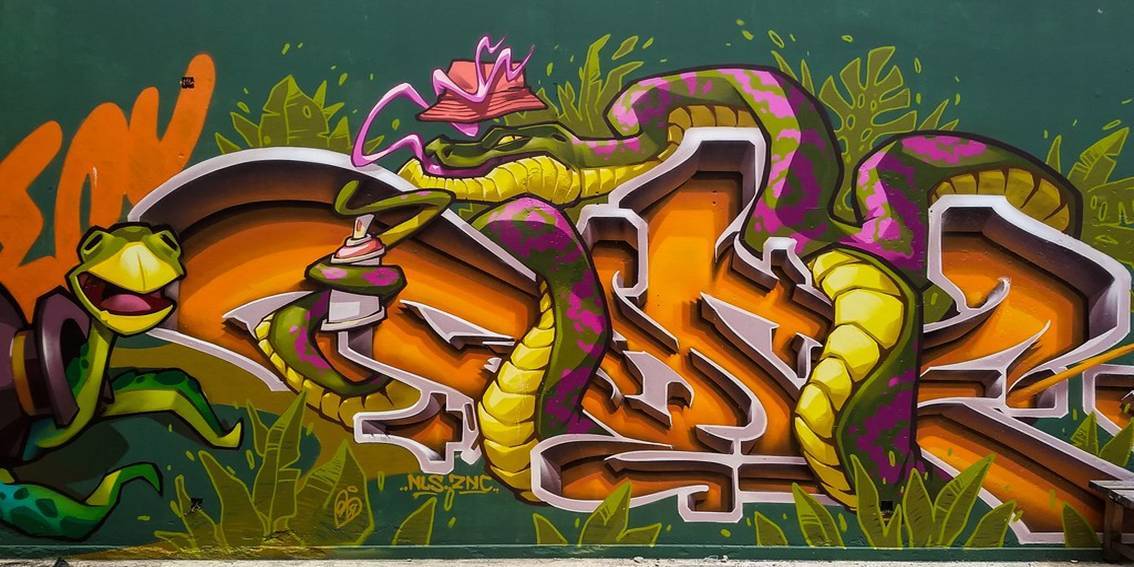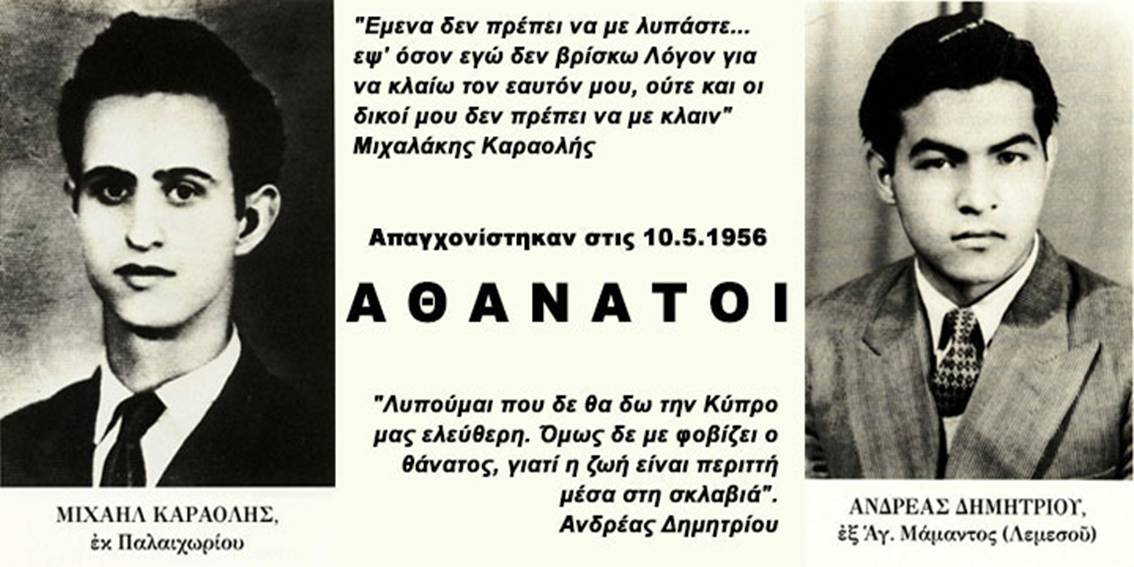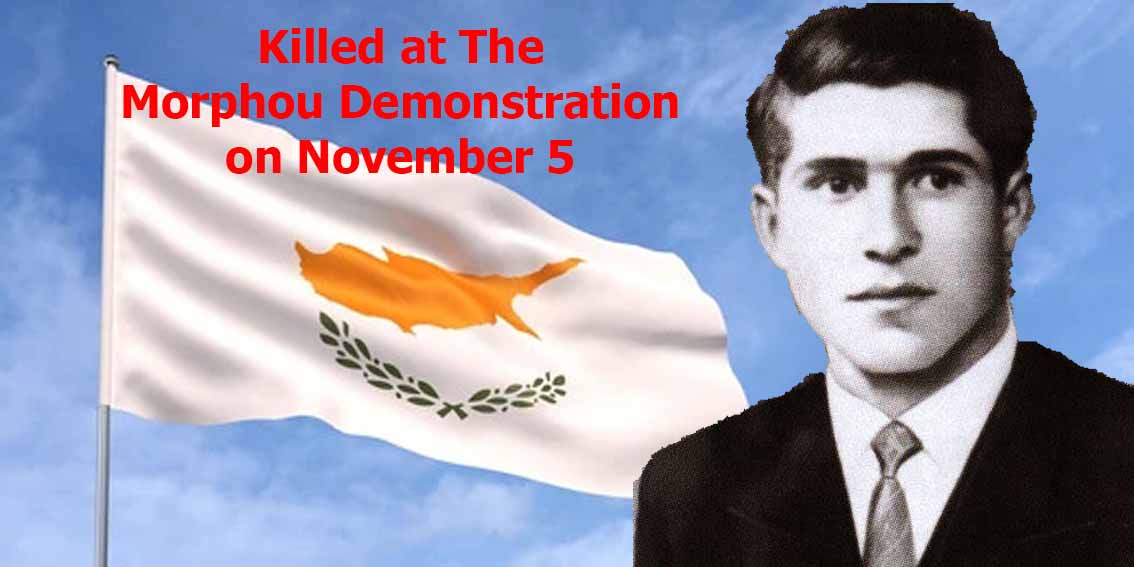A Cultural Renaissance
Limassol, a vibrant city on the southern coast of Cyprus, is renowned for its rich history, bustling port, and stunning coastal views. Recently, it has become the epicentre of a new cultural renaissance, driven by the colourful and controversial world of graffiti street art. This art form, once dismissed as mere vandalism, is now celebrated for its creativity, social commentary, and ability to transform urban landscapes. The arrival of graffiti street art in Limassol marks a significant cultural shift, blending tradition with modern artistic expression and engaging the community in dynamic ways.
Historical Context
Limassol, with its roots dating back to antiquity, has always been a melting pot of cultures. Its history is a tapestry woven from Greek, Roman, Byzantine, and Ottoman influences. In recent decades, the city has experienced rapid modernization, becoming a cosmopolitan hub. This transformation has paved the way for new cultural expressions, including street art.
Graffiti itself has ancient origins, with examples found in ancient Greece and Rome. However, modern graffiti

as we know it emerged in the 1970s in New York City, evolving from simple tags to complex murals. Over time, it has spread globally, finding its way into the heart of Limassol’s urban fabric.
The Arrival of Graffiti Street Art
The emergence of graffiti street art in Limassol can be attributed to several factors. Firstly, the city’s youth, influenced by global trends, have embraced this form of expression. Social media platforms like Instagram and TikTok have played a crucial role in popularizing graffiti, allowing artists to share their work with a wider audience and draw inspiration from international scenes.
Secondly, the city’s authorities and local organizations have recognized the potential of graffiti to rejuvenate neglected areas. Initiatives such as street art festivals, workshops, and public art projects have provided platforms for artists to showcase their talent legally. These events have not only beautified the city but also fostered a sense of community and pride among residents.
Notable Artists and Works
Several local and international artists have left their mark on Limassol, each bringing a unique style and perspective. One notable figure is Paparazzi, a local artist known for his vibrant, surrealistic murals that often incorporate elements of Cypriot culture and mythology. His works, found in various parts of the city, are celebrated for their bold use of colour and intricate details.
Another influential artist is Taxis, whose politically charged pieces address social issues such as migration, identity, and environmental sustainability. His work can be seen on the

walls of abandoned buildings and underpasses, provoking thought and sparking conversations among passers-by.
International artists like Faith47 from South Africa and Vhils from Portugal have also contributed to Limassol’s street art scene. Faith47’s ethereal, nature-inspired murals and Vhils’ striking portraits carved into walls have added a global dimension to the city’s burgeoning graffiti culture.
Social and Cultural Impact
The impact of graffiti street art on Limassol is multifaceted. Culturally, it has brought a new layer of artistic diversity to the city, complementing its traditional art forms such as mosaics, sculpture, and Byzantine icons. This blending of old and new has created a unique urban aesthetic that attracts both locals and tourists.
Socially, graffiti has become a voice for the marginalized and a means of addressing pressing issues. In a city marked by rapid development and socio-economic disparities, street art provides a platform for expression and resistance. It highlights the concerns of the youth, immigrants, and other underrepresented groups, fostering a more inclusive and aware society.
Moreover, the presence of graffiti street art has contributed to urban regeneration. Murals and installations have transformed derelict spaces into vibrant community hubs, reducing crime and vandalism. Areas like Saripolou Square and the Old Port have been revitalized, becoming popular spots for socializing and cultural activities.
Challenges and Controversies
Despite its growing acceptance, graffiti street art in Limassol faces several challenges. The line between art and vandalism remains blurred, leading to conflicts between artists, authorities, and property owners. Unauthorized graffiti, often seen as defacement, can result in legal repercussions for artists and financial burdens for property owners.
To address these issues, a balance must be struck between encouraging artistic expression and maintaining public order. Creating designated spaces for graffiti, offering legal avenues for artists to showcase their work, and involving the community in decision-making processes are potential solutions.
Additionally, there is a need for greater appreciation and understanding of graffiti as a legitimate art form. Education and awareness campaigns can help change public perception, highlighting the cultural and social value of street art. By fostering dialogue and collaboration, Limassol can continue to embrace graffiti in a way that benefits the entire community.
The Future of Graffiti Street Art in Limassol
The future of graffiti street art in Limassol looks promising. As the city continues to evolve, so too will its artistic landscape. The growing popularity of street art festivals, such as the annual Street Life Festival, indicates a sustained interest and support for this vibrant form of expression.
Moreover, the integration of technology and digital media will likely play a significant role. Augmented reality (AR) and virtual reality (VR) are emerging as new tools for artists, allowing for interactive and immersive experiences. These innovations could further enhance the appeal and accessibility of graffiti street art in Limassol.
In conclusion, the arrival of graffiti street art in Limassol represents a dynamic and transformative cultural movement. It bridges the gap between tradition and modernity, providing a platform for creative expression, social commentary, and community engagement. As the city embraces this art form, it not only enriches its urban landscape but also fosters a more inclusive, vibrant, and culturally diverse society.
You May Also Like This
Wood Weaving Cyprus Artisans: https://homeiscyprus.com/wood-weaving-cyprus-artisans/




